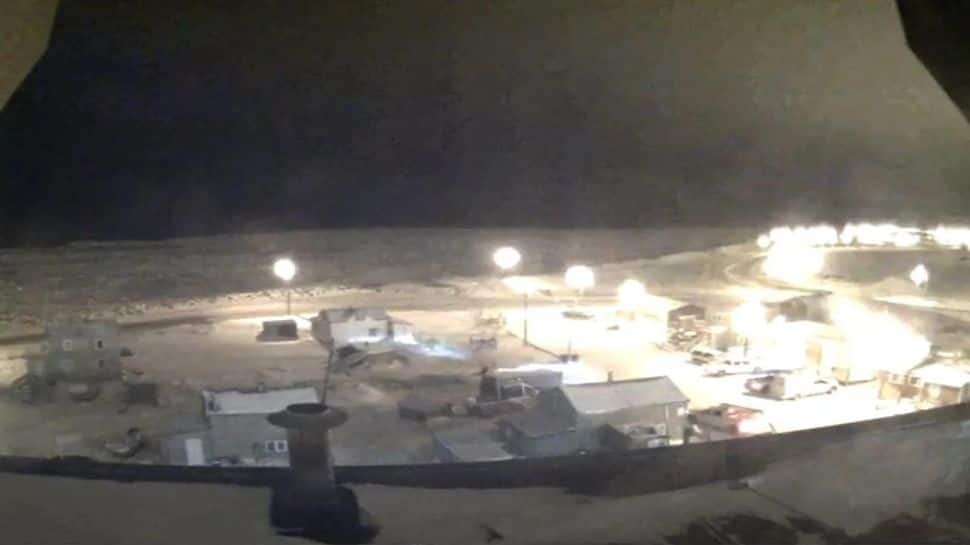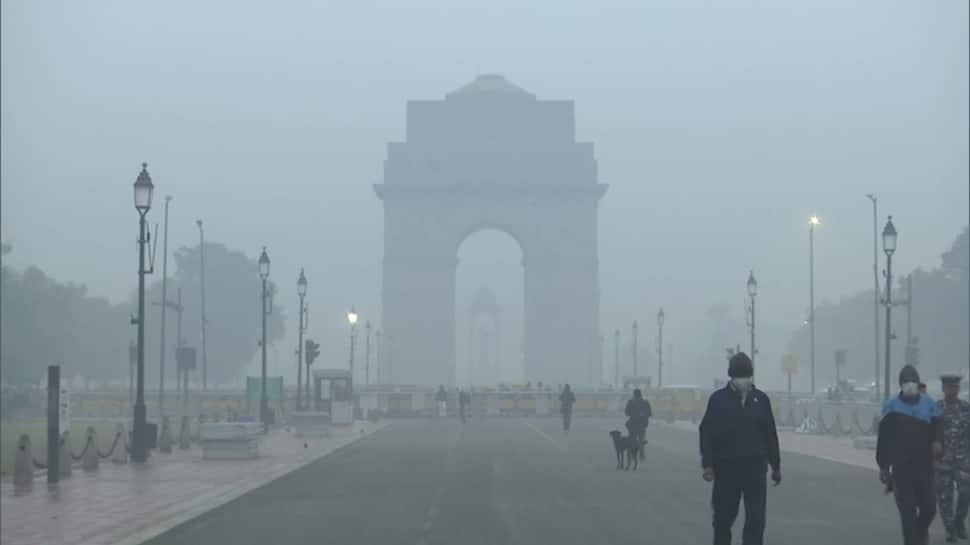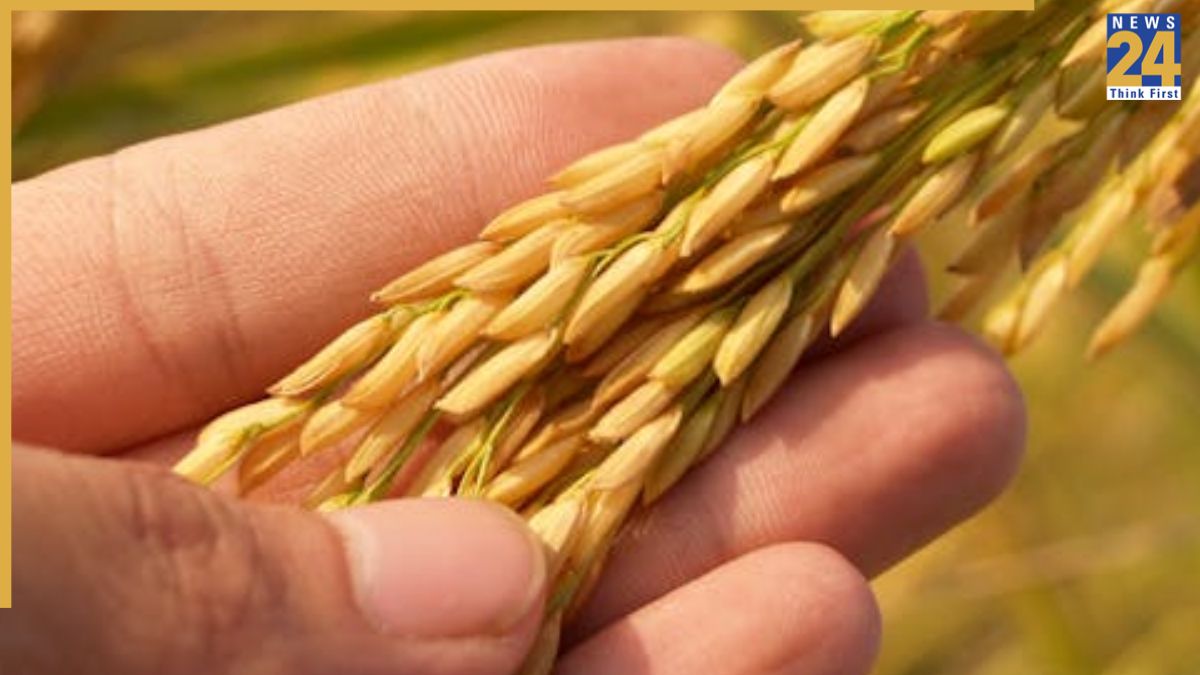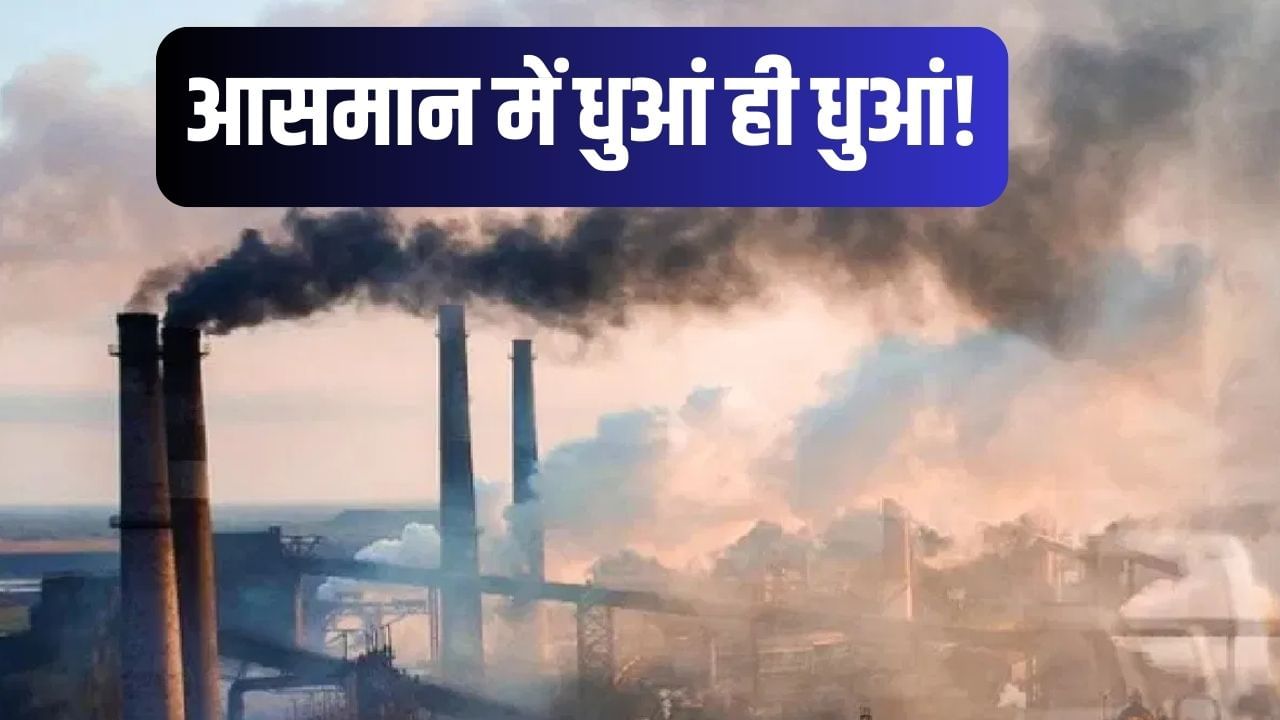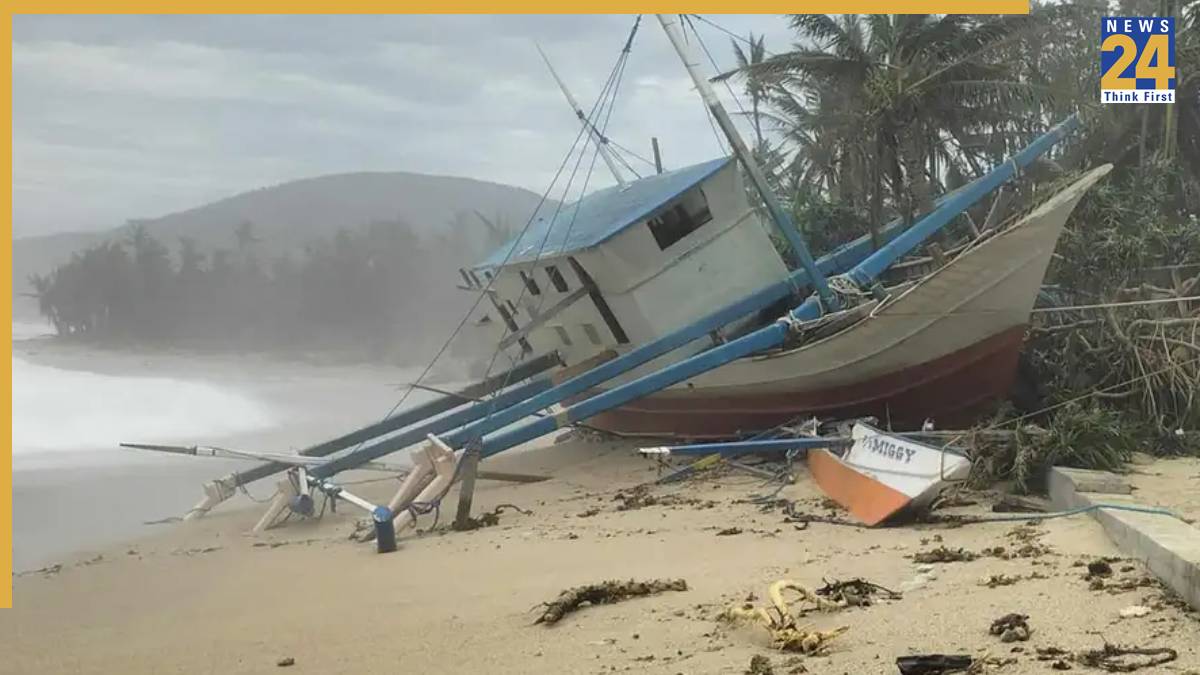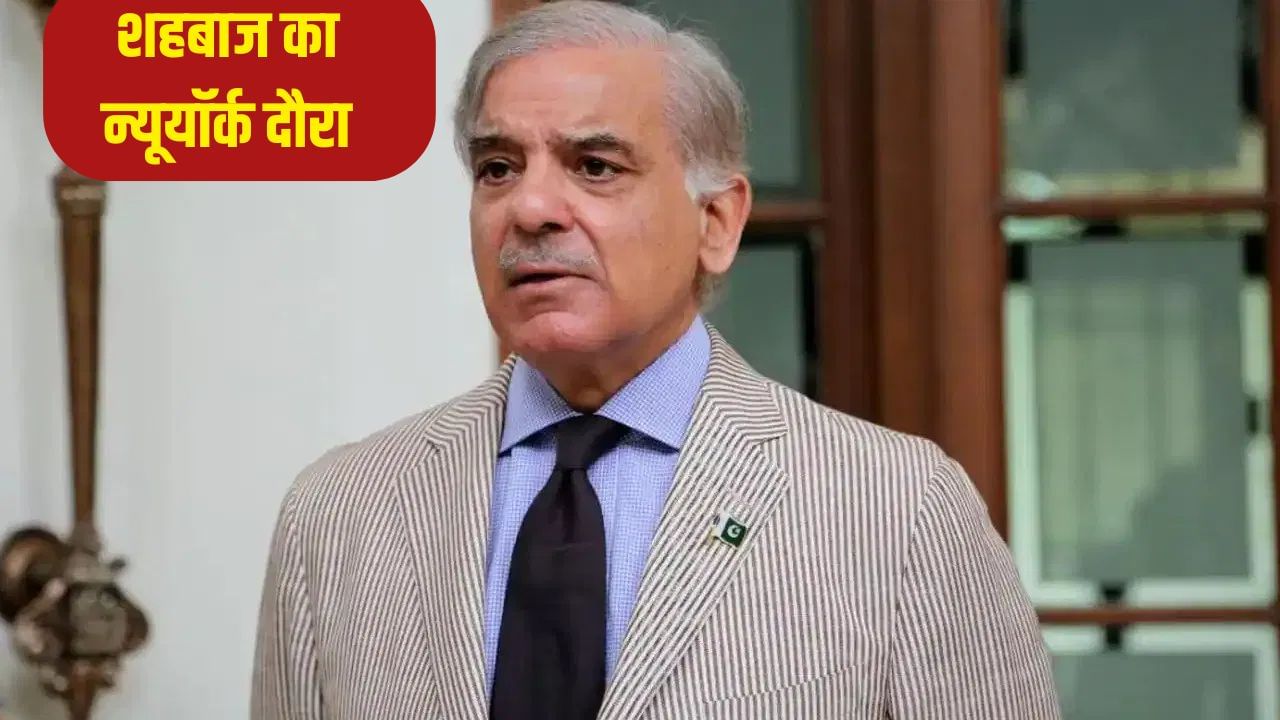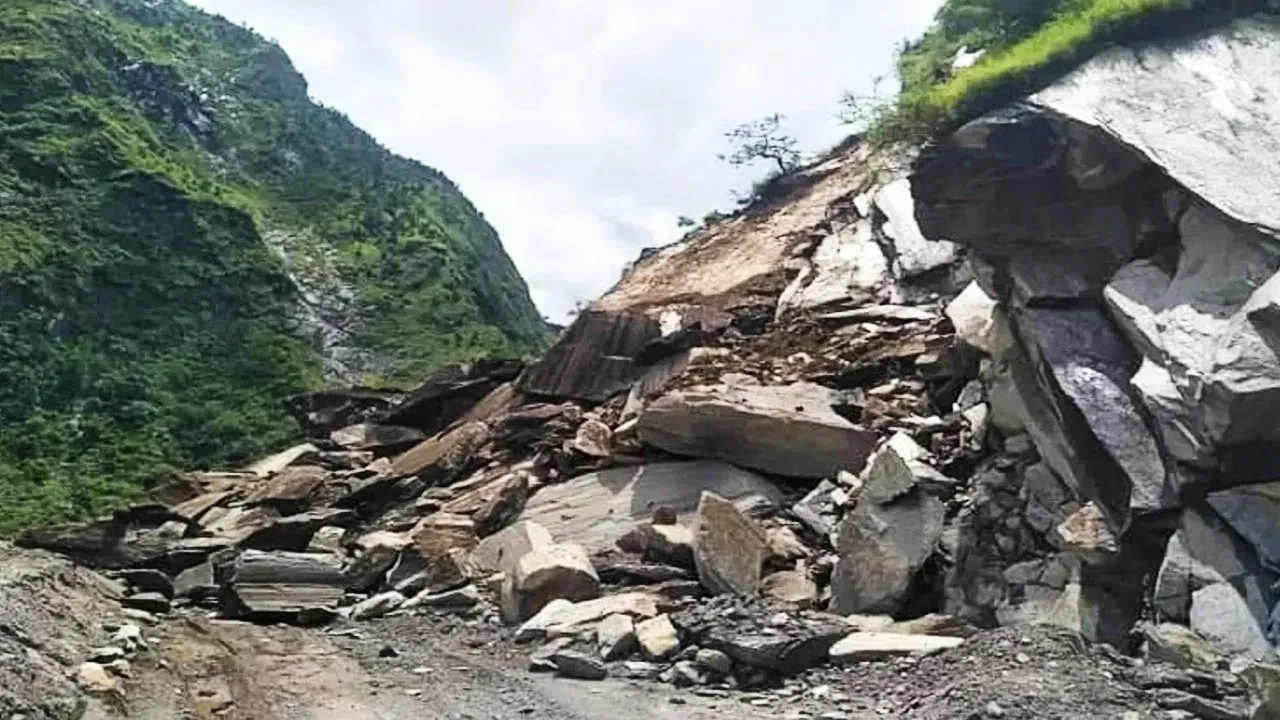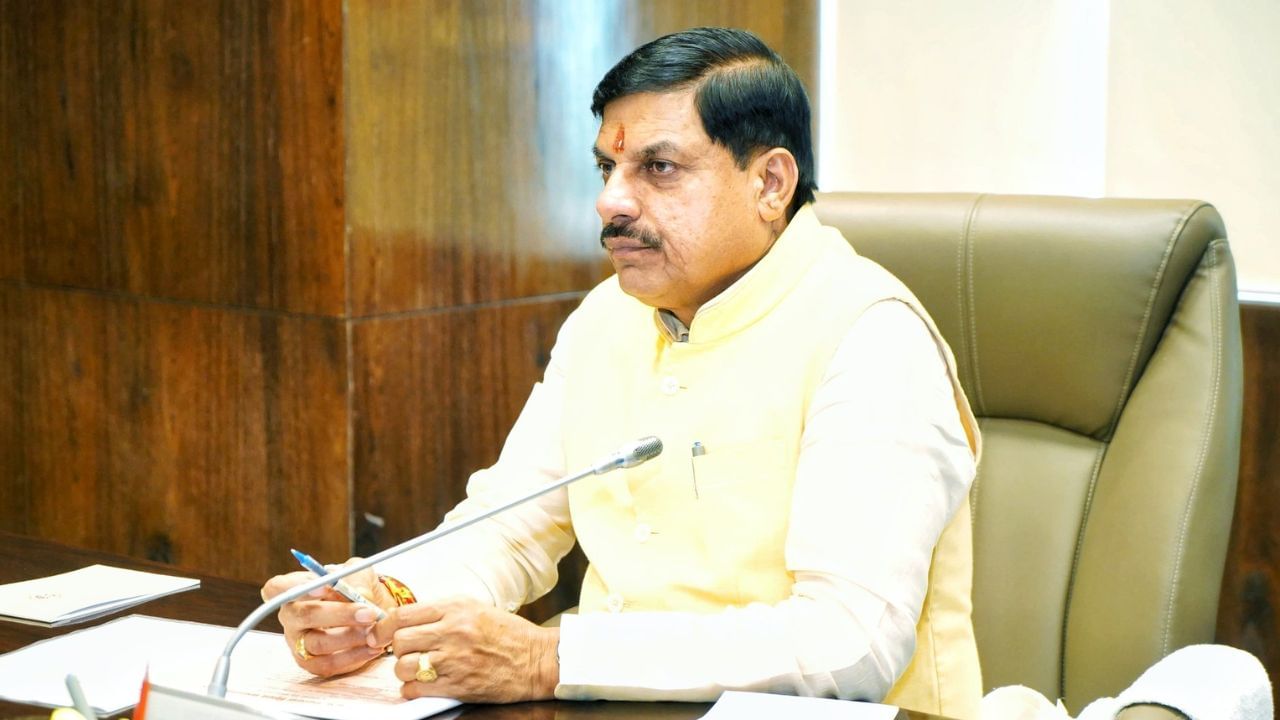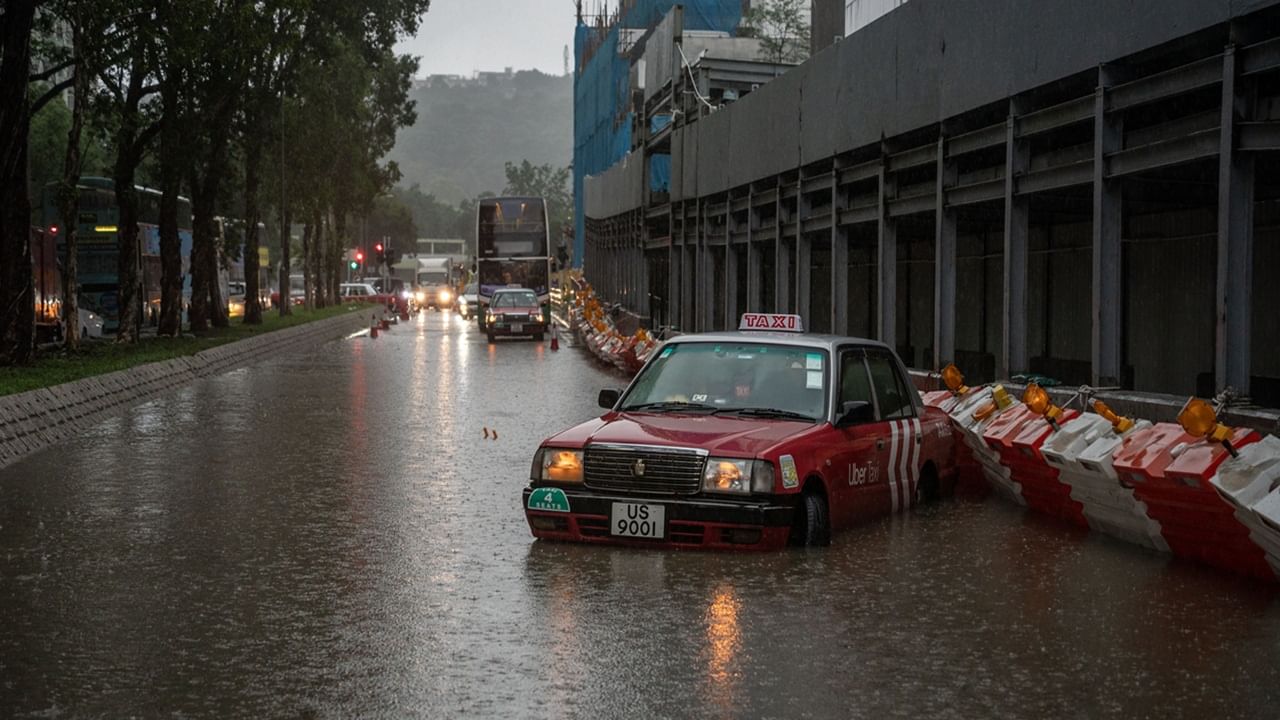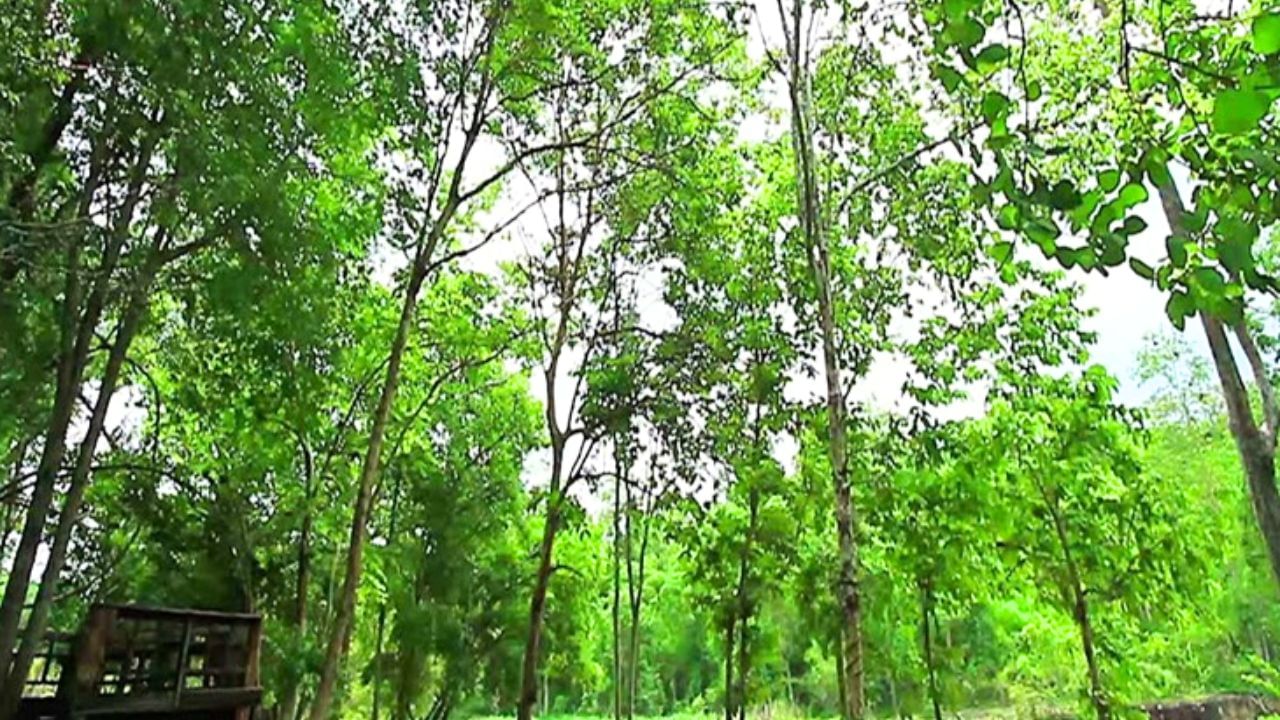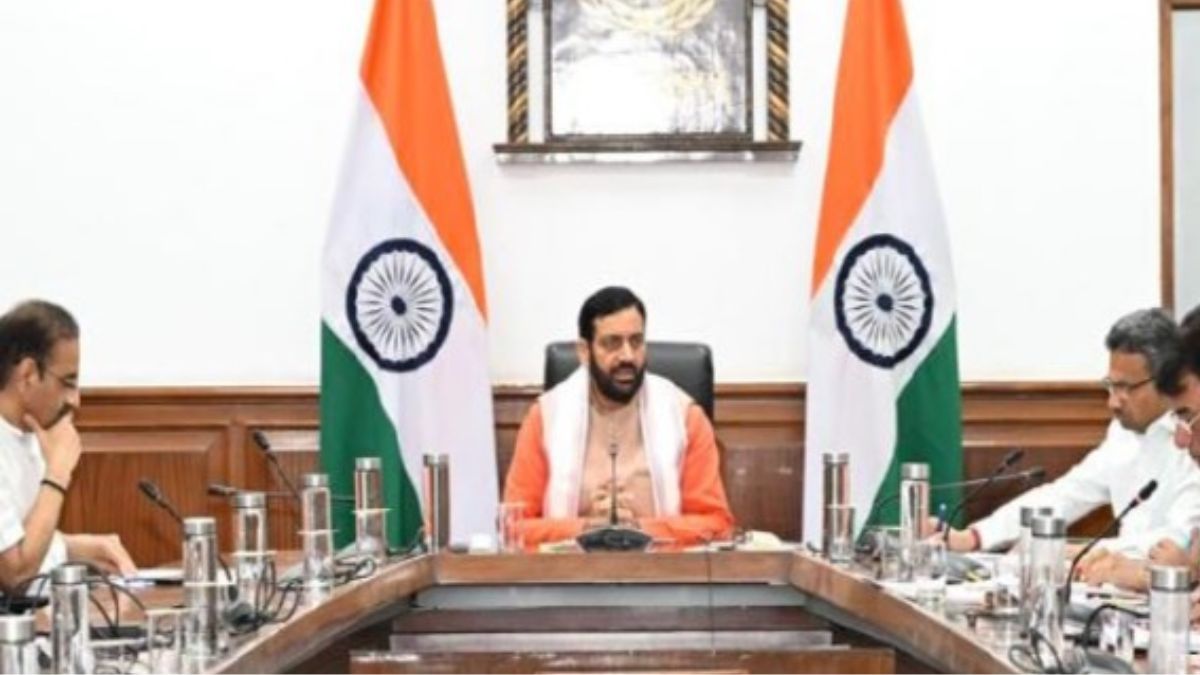Subscribe to Updates
Get the latest creative news from FooBar about art, design and business.
Browsing: climate change
China has initiated the evacuation of hundreds of thousands of residents and mandated the closure of schools and some businesses across at…
During the annual session of the United Nations General Assembly (UNGA), Pakistan’s Prime Minister Shehbaz Sharif will meet with US President Donald…
A report by the World Economic Forum (WEF) highlights the potential for substantial economic losses due to climate change over the next…
Air conditioners, while offering a respite from the heat, present numerous drawbacks. The warm air expelled by AC outdoor units contributes to…
Heavy rainfall is currently occurring in many parts of India, leading to flood situations in states like Uttar Pradesh, Punjab, Haryana, and…
The increasing frequency and scale of landslides across India are not solely a result of natural geographical conditions. Several factors contribute to…
A nuclear bomb explosion can obliterate an entire area. The atomic attacks on Nagasaki and Hiroshima in Japan in 1945 resulted in…
MP Becomes Preferred State for Renowned Multinational Companies in Green Energy: CM Mohan Yadav
Madhya Pradesh is rapidly emerging as a major hub for renewable energy. The state is becoming a center of attraction for multinational…
Torrential floods in the northwestern region of Pakistan have caused widespread devastation. According to officials, approximately 340 people have lost their lives…
As Uttarakhand, India, grappled with devastating floods, Hong Kong, over 4,000 km away, faced a crisis of its own. Torrential rain has…
The Department of Environment, Forest and Climate Change in Bihar is set to organize a discussion on August 5th focusing on nursery…
The ongoing severe heatwave in Kashmir has significantly affected the annual Amarnath Yatra, leading to the rapid melting of the natural ice…
The monsoon season has brought welcome relief and cooler temperatures to many regions, while also causing disruption in some areas. The India…
Haryana Chief Minister Nayab Singh Saini has instructed officials to bolster drainage systems across the state, citing concerns about potential flooding during…
A severe heatwave is gripping Europe, with temperatures soaring to unprecedented levels and prompting health warnings across the continent. Spain’s state meteorological…
Srinagar, the summer capital of Jammu and Kashmir, has experienced record-breaking temperatures for the second consecutive day, with the mercury reaching 35.5…


